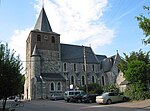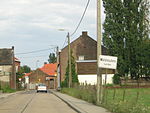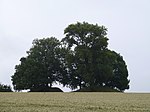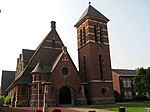Bertrée
Former municipalities of Liège (province)Liège geography stubs
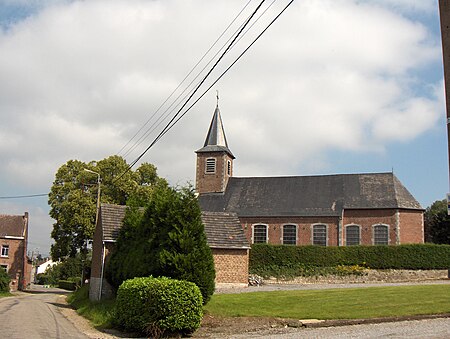
Bertrée (Walloon: Bietrêye) is a village of Wallonia and a district of the municipality of Hannut, located in the province of Liége, Belgium. It has a surface area of 2,78 km² and has a population of 414 (1 January 2007).
Excerpt from the Wikipedia article Bertrée (License: CC BY-SA 3.0, Authors, Images).Bertrée
Rue de Landen,
Geographical coordinates (GPS) Address Nearby Places Show on map
Geographical coordinates (GPS)
| Latitude | Longitude |
|---|---|
| N 50.7 ° | E 5.0833333333333 ° |
Address
Le Flore
Rue de Landen 165
4280
Liège, Belgium
Open on Google Maps

